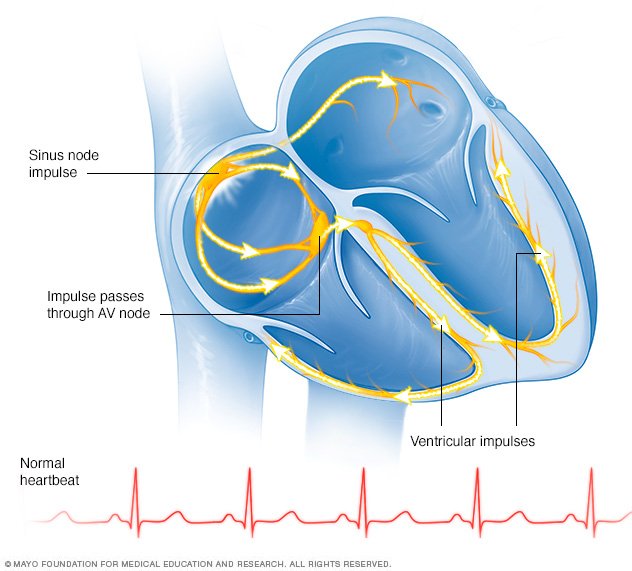

S3 and S4 are extra heart sounds arising after S2. Source: University of Michigan Murmur library S 3 and S 4 heart sounds Opening snap seen in mitral stenosis and tricuspid stenosis Source: University of Michigan Murmur library Opening snap Source: University of Michigan Murmur library Mid-systolic clickĬause of mid-systolic click: Mitral valve prolapse Mid-systolic click in mitral valve prolapse Pathological Extra Heart Sounds – Clicks, Snaps, S3/S4 heart sounds Ejection systolic clickĮjection systolic click in aortic stenosis and pulmonary stenosisĮjection systolic click with ejection systolic murmur. This is particularly important for differentiating between systolic and diastolic murmurs (covered separately here), as well as identifying any pathological heart sounds.

The pulse can be felt during systole between the S 1 and S 2 heart sounds. The splitting between A 2 and P 2 can be exaggerated by inspiration, particularly in young individuals. S 2 may be subdivided into aortic (A 2) and pulmonary (P 2) sounds as the aortic valve closes slightly before the pulmonary valve. S 2 heart sound corresponds to the closing of the aortic and pulmonary valves at the beginning of diastole. During systole, ventricular pressure rises, leading to opening of the aortic and pulmonary valves as well as closure of the mitral and tricuspid valves. S 1 heart sound corresponds to the closing of the mitral and tricuspid valves during systole. Source: University of Michigan Murmur library The S 1 and S 2 heart sounds are part of the normal heart sounds. There are 2 main heart sounds that can be heard during auscultation: S 1 and S 2, also affectionately known as ‘lub’ and ‘dub’ respectively. Chronic Obstructive Pulmonary Disease (COPD)īasics of Heart Sounds – S1 and S2 heart sounds.Secondary Malignant Involvement of the Biliary Tree.Overview of Cholestatic and Biliary Disease.Non-alcoholic Fatty Liver Disease (NAFLD).General Principles of Murmur Management.Heart Sounds – S1, S2 and Pathological Sounds.


 0 kommentar(er)
0 kommentar(er)
